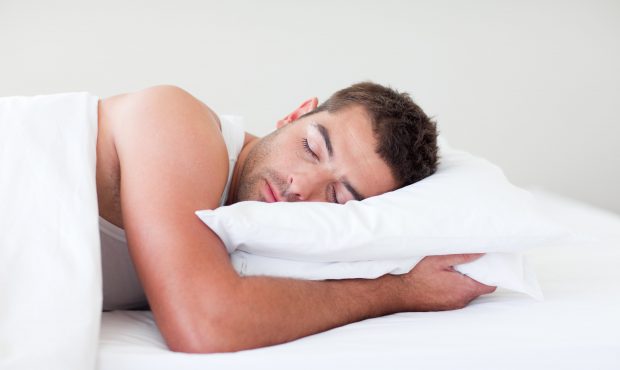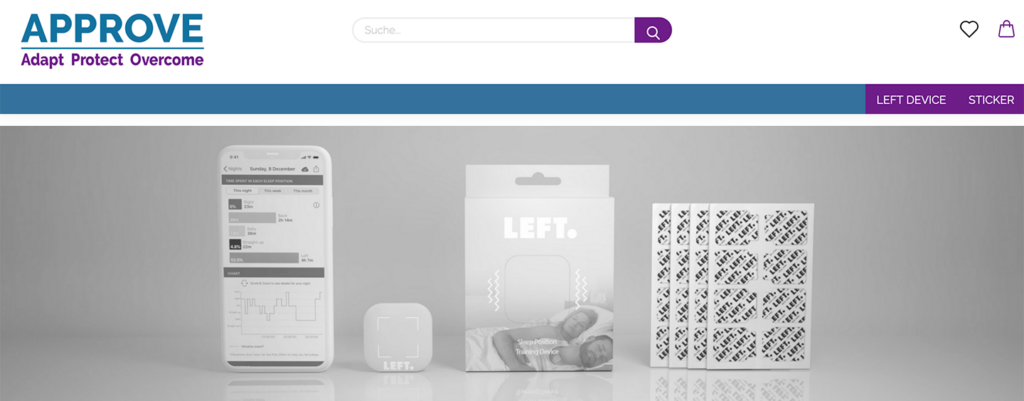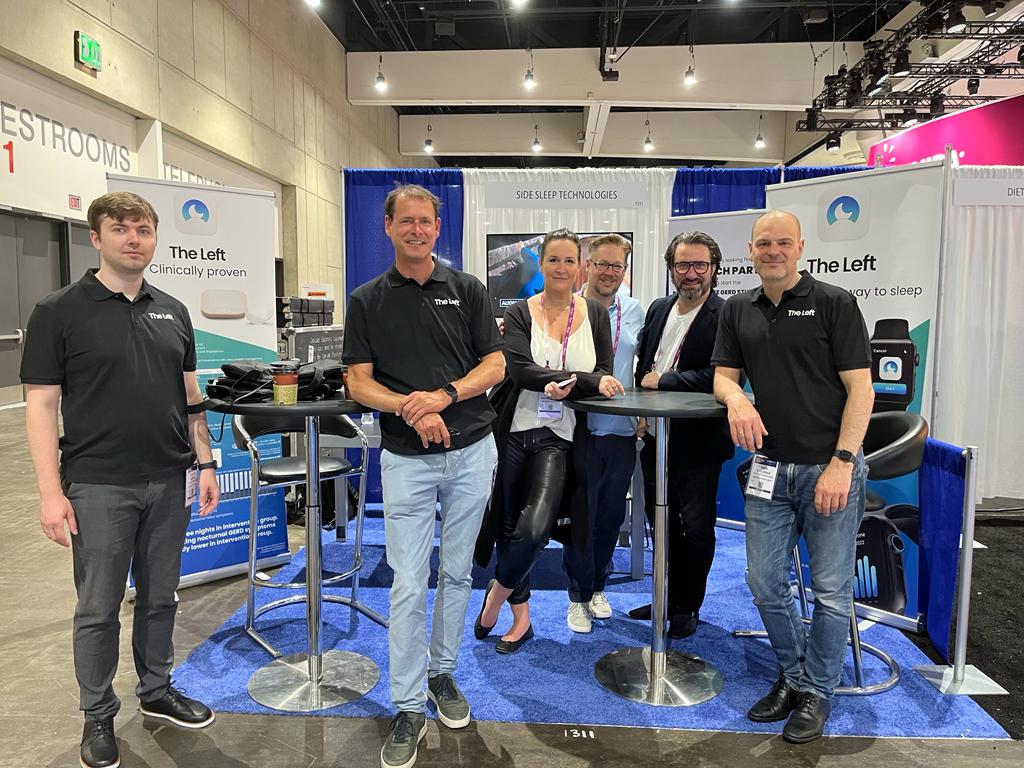Positional therapy is a behavioral strategy to treat positional sleep apnea.
Many people have sleep apnea when sleeping on their back. This is called the “supine” position. Their breathing returns to normal when they sleep on their side
Positional therapy has been around for centuries, soldiers that fought during the US independence war (1775-1793) and WOI (1914-1918) where told to sleep with their backpack on. This could stop them from snoring and revealing their position to enemy troops.
In the sixties more doctors began prescribing a kind of positional therapy, called “the tennis ball technique”. They would advise to sew a small pocket on the back of the pyjama of the snorer and put a tennisbal in to prevent the snorer to sleep on his back.
In 1985 one of the first scientific papers (Cartwright) was published that showed a kind of biofeedback apparatus could help people to sleep more on their side.
Picture from the publication of Cartwright in 1985.
The system would sound an alarm when a person was on sleeping on his back longer than 15 seconds. The paper proved that people could be trained to sleep more on their side and that the effect was that the airway was opened more, because the tongue didn’t fall in the airway as much as when sleeping on your back.
More and more publications came in the years after and the first commercial steps where taken in the late nineties. Most devices around that period used sound as biofeedback signal, this later changed to using a vibration motor to give a more silent biofeedback signal to the body.
In 2011 there was a first publication on the influence of the position of the head compared to the position of the body in the case of people with sleep apnea. It proved that the position of the head is of great influence of how the tongue is positioned in the throat, even when sleeping in supine position and the head turned sideways.
Nowadays you have several positional trainers on the market for treating obstructive sleep apnea, all worn on the body or around the neck and in most countries only available on prescription.
Resources:



